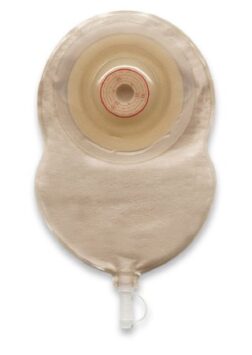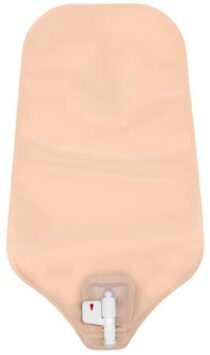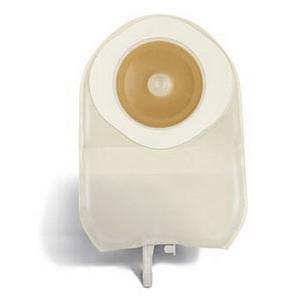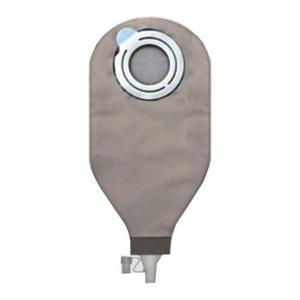Going on a cruise with an ostomy requires some planning and preparation, but with the right tips and reliable ostomy supplies, you can embark on a worry-free voyage. This blog post will share valuable insights and advice to help you navigate the cruise experience while comfortably managing your ostomy needs. Discover how our trusted ostomy supplies and accessories can enhance your cruise experience, ensuring you can relax and maximize your time at sea.
Understanding Your Ostomy Needs
Before setting sail on a cruise with an ostomy, it is crucial to understand your specific needs based on your ostomy type.
If you have a colostomy, which involves diverting the colon through an opening in the abdominal wall, you may need to manage solid waste output. Consider packing odor-control products and ensuring easy access to restroom facilities throughout the ship.
Managing liquid output becomes a priority for those with an ileostomy, where the small intestine is redirected to an opening in the abdomen. Being prepared to empty your ostomy pouch more frequently and consider carrying extra supplies to account for the increased output is essential.
If you have a urostomy that redirects urine from the kidneys to a stoma, maintaining adequate hydration is critical. Stay hydrated, and consider using products that neutralize odor to ensure a comfortable experience for yourself and those around you.
By understanding the specific needs of your ostomy type, you can plan accordingly to ensure a smooth and enjoyable experience when going on a cruise with an ostomy. Consult your healthcare professional for personalized advice and recommendations based on your unique situation.
Plan ahead for going on a cruise with an ostomy
Planning well in advance is crucial when going on a cruise. Researching and sufficiently packing are two top suggestions to ensure your cruise is comfortable and hassle-free.
Research the ship’s amenities
Restrooms
Check to make sure that the cruise ship has accessible features for those with an ostomy. Check if the ship has accessible restrooms with adequate space for changing your ostomy pouching system. Make sure there are restrooms conveniently located throughout the ship to ensure easy access when needed.
Dietary
Consider researching the cruise ship’s dining options and whether they can accommodate any dietary restrictions related to your ostomy needs. Regulating your ostomy output is a good idea when going on a cruise with an ostomy so you can avoid accidents or emergency restroom visits. You may want to inquire if the cruise line offers low-fiber or easily digestible meals.
Medical staff
Find out about the ship’s medical facilities and the availability of knowledgeable medical staff. Access to professionals familiar with ostomy care can provide peace of mind in an emergency or if you require assistance.

Pack sufficient ostomy supplies
You will want to pack enough ostomy supplies for the trip, accounting for accidents and unexpected delays. For an uninterrupted and worry-free experience with going on a cruise with an ostomy, here are some of the essential ostomy supplies you will want to include:
Ostomy pouches
Pack an ample supply of ostomy pouches suitable for your specific ostomy type (colostomy, ileostomy, urostomy). Consider the duration of your cruise and any unexpected delays, and ensure you have enough bags to last throughout the trip. Whether you use a two-piece system or a one-piece ostomy pouching system, it is recommended to pack twice as many supplies as you would typically use per day. Remember to include a stoma cap or waterproof ostomy pouch covers for swimming and water activities if you can.
Extended wear skin barriers
You may want to opt for reliable and long-lasting extended-wear skin barriers when going on a cruise. These ostomy products provide added protection and help prevent skin irritation from repeat ostomy pouching system changes, especially in warm and humid cruise environments.
Ostomy accessories
Pack essential accessories such as barrier wipes and sprays, adhesives, adhesive removers, and skin barrier creams. These ostomy accessories help promote a secure seal to prevent leaks and maintain healthy skin around the stoma for comfort.
Odor-control
Ostomy deodorants such as drops, sprays, and sachets can help minimize and control odors associated with stoma output. You can enjoy social activities on and off the ship more confidently when potential odors are controlled.
Disposal bags
When going on a cruise, you will want to dispose of your used ostomy supplies conveniently and discreetly on the ship. Disposal bags help maintain cleanliness and hygiene for everyone when appropriate disposal options are not readily available.
Summing it up
Going on a cruise with an ostomy can be an enjoyable and worry-free experience if you follow a few key tips. From planning ahead and packing essential ostomy supplies to communicating with the cruise staff, these measures can help ensure a smooth journey. Remember, we are a reliable source for ostomy supplies, offering trusted products from reputable manufacturers. So, embark on your cruise confidently, knowing you have the necessary resources and support. Above all, remember to relax, have fun, and fully embrace the adventure that awaits you. Bon voyage!
Where to buy ostomy supplies
Reliable and affordable ostomy supplies for everyday use and preparing for a cruise with an ostomy can be found at medical supply stores such as ours at PersonallyDelivered.com. Order your ostomy supplies from the convenience of your own home and have them shipped discreetly to your door. It is critical to purchase quality and reliable ostomy supplies and accessories so you can confidently embark on your adventure and enjoy the experience to the fullest.
Top-Selling Ostomy Supplies & Accessories
Disclaimer: Important Notice Regarding Medical Advice
The information provided in this blog is intended for general informational purposes only and should not be considered a substitute for professional medical advice, diagnosis, or treatment.















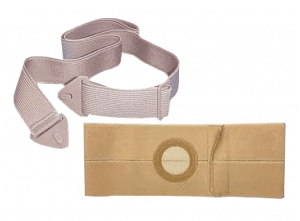





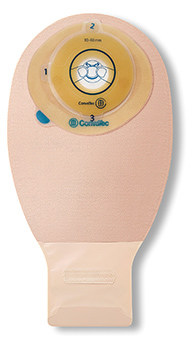
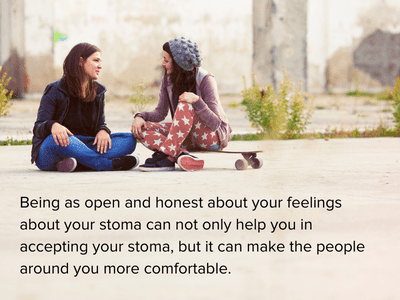
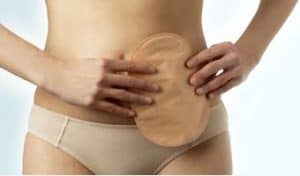




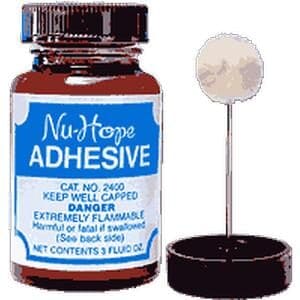
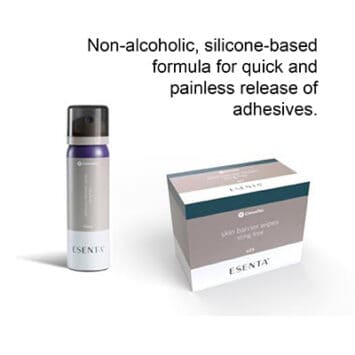
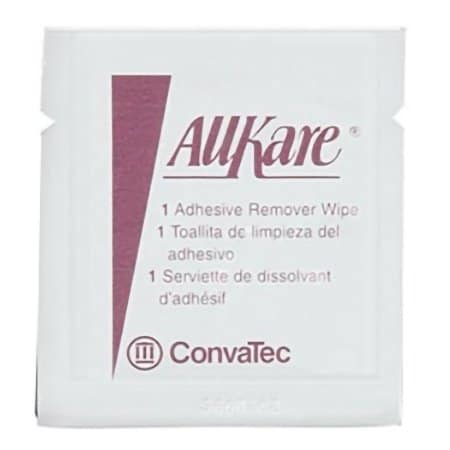
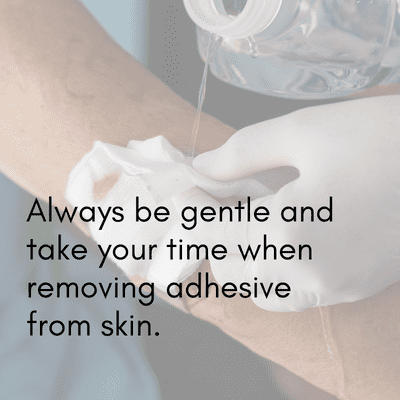
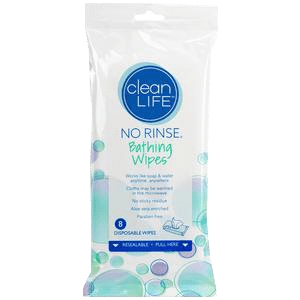




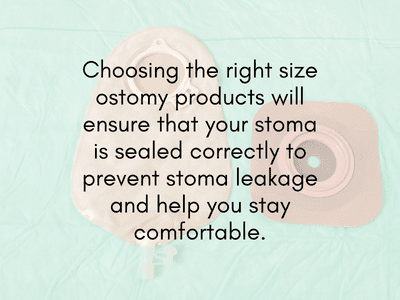

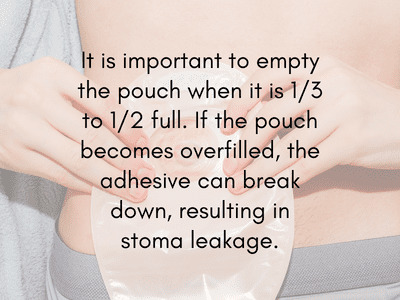




 The sensitive skin around the stoma is called peristomal skin. When caring for a colostomy, it is important to take special care of the peristomal skin. Treatment should be immediate if the peristomal skin becomes red, itchy, or irritated. Cleaning this area with fragrance-free, warm, soapy water or
The sensitive skin around the stoma is called peristomal skin. When caring for a colostomy, it is important to take special care of the peristomal skin. Treatment should be immediate if the peristomal skin becomes red, itchy, or irritated. Cleaning this area with fragrance-free, warm, soapy water or 






 One of the easiest ways to spark conversation is to wear the color teal from head to toe during October. When asked, tell people that teal is the official color of spina bifida awareness. You can share the social media channels above and direct them to Spina Bifida Association’s
One of the easiest ways to spark conversation is to wear the color teal from head to toe during October. When asked, tell people that teal is the official color of spina bifida awareness. You can share the social media channels above and direct them to Spina Bifida Association’s  This in-person or virtual event is the perfect way to get engaged and support the community and the mission of the Spina Bifida Association. Anyone and everyone can participate. If you are not located near any of the listed cities, you can Walk-N-Roll Your Way at any time and any place.
This in-person or virtual event is the perfect way to get engaged and support the community and the mission of the Spina Bifida Association. Anyone and everyone can participate. If you are not located near any of the listed cities, you can Walk-N-Roll Your Way at any time and any place.




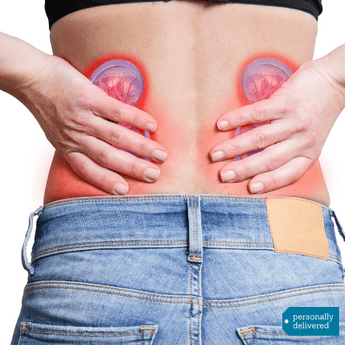 Symptoms of a UTI can vary from person to person. However, if you notice any of the following symptoms, you should immediately speak to your doctor or your stoma nurse. Although these symptoms do not denote urinary tract infections after urostomy surgery, these symptoms should not be ignored.
Symptoms of a UTI can vary from person to person. However, if you notice any of the following symptoms, you should immediately speak to your doctor or your stoma nurse. Although these symptoms do not denote urinary tract infections after urostomy surgery, these symptoms should not be ignored.
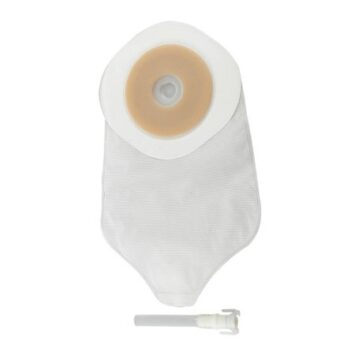
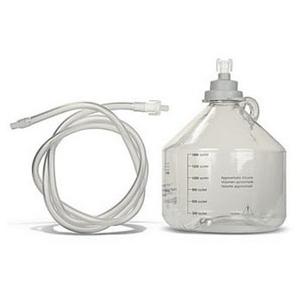
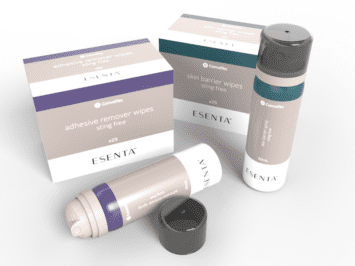
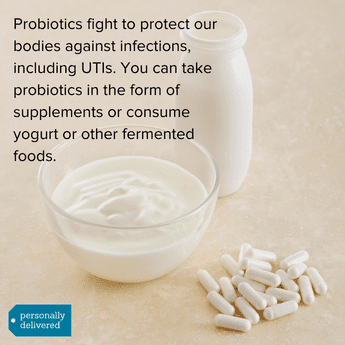 Probiotics
Probiotics